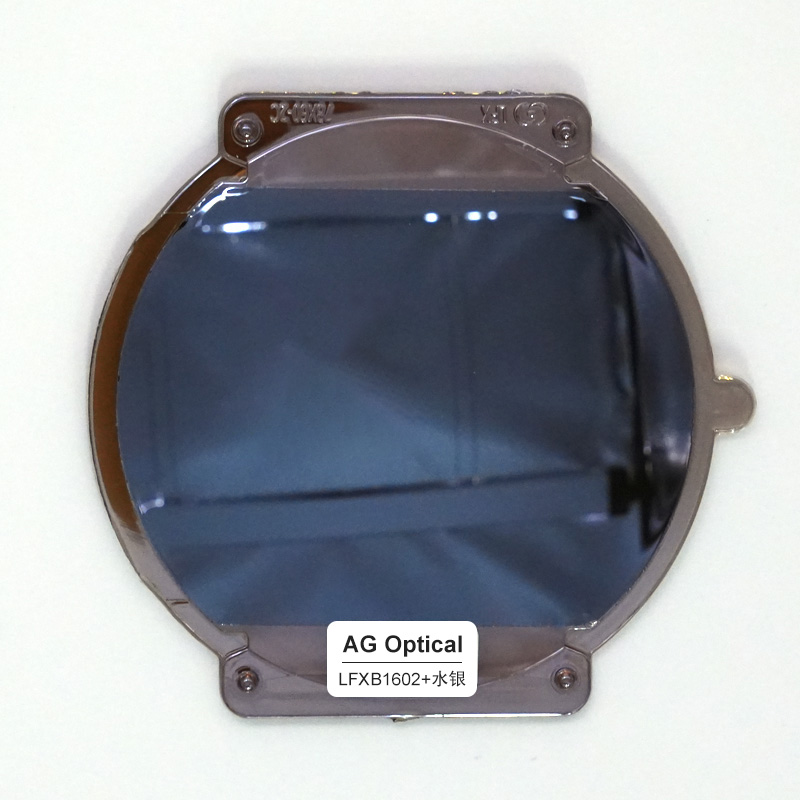Why do anti-blue light lenses reflect blue or yellow-green under the light?
The anti-blue light glasses currently on the market are generally divided into two types, one is the coated reflective anti-blue light glasses, and the other is the absorption type anti-blue light glasses designed using the complementary color principle.
The anti-blue light glasses under the former technology are generally the ones with transparent lenses. Under the light, the lenses will appear blue or yellow-green reflections that other lenses do not have.

In the previous evaluation of anti-blue light glasses, such lenses were also tested. Look at the picture below. These are two of the anti-blue light glasses with reflective coating technology that I bought from a previous review. The glasses do not need to be placed under the light. You only need to get the window with stronger light, and you can see the lenses appear. Visible reflections that emit blue or yellow-green.
The reason why this kind of anti-blue light lens is like this is because the merchants have coated the reflective film on the surface of the lens, and the reflective film can be understood literally. Combined with the physical knowledge we have acquired from childhood to university, the reflective film is equivalent to a A medium, when the light hits this medium of the lens, part of the light will be reflected out, so as to achieve the purpose of reducing the penetration of blue light into the eye by the lens.
In principle, the anti-blue light glasses that use the coating reflective technology seem to be effective anti-blue light products. In fact, the anti-blue light effect of such lenses is not very good, and there will be a problem of increasing blue light. Ordinary people may not know very well, but professional people know that the blue light reflectivity of reflective films is limited, and it cannot reflect 100% of blue light. Generally, the blue light reflectivity of reflective films is not high, which leads to such lenses. The anti-blue light effect is not very good.
For the two pairs of anti-blue light glasses in my hand, the test results of the reflective blue lenses on the mobile phone are that the blue light attenuation rate is 5% and the green light distortion rate is 2%; the test results of the reflective yellow-green lenses on the mobile phone are The attenuation rate of blue light is 3%, and the distortion rate of green light is 1%. As expected, anti-blue light glasses with such coatings are not very effective at blocking blue light from electronic screens.
On the front and back of these two blue light blocking glasses, I tested the blue light blocking effect, and the blue light attenuation rate and green light distortion rate on both sides are the same.
This shows that the back of the lens is also coated with a reflective film. In a strong light environment, the back of the lens will have the problem of increasing blue light, and the lens will reflect more blue light into the eyes. Increased blue light damages the eyes. If you use electronic products for a long time, you need to buy anti-blue light glasses to protect your eyes. Try not to buy this kind of transparent anti-blue light glasses with coated reflections. The eye protection effect is very poor, and it is not worth your money to buy. If you want to buy it, consider absorbing light yellow anti-blue light glasses that are better, and the anti-blue light effect is better.
